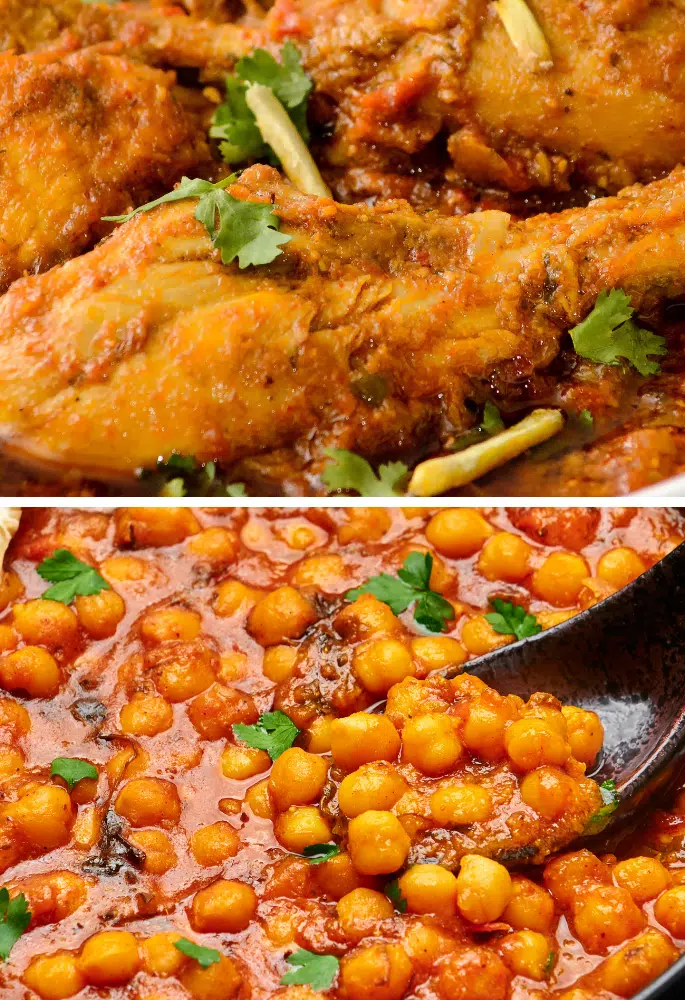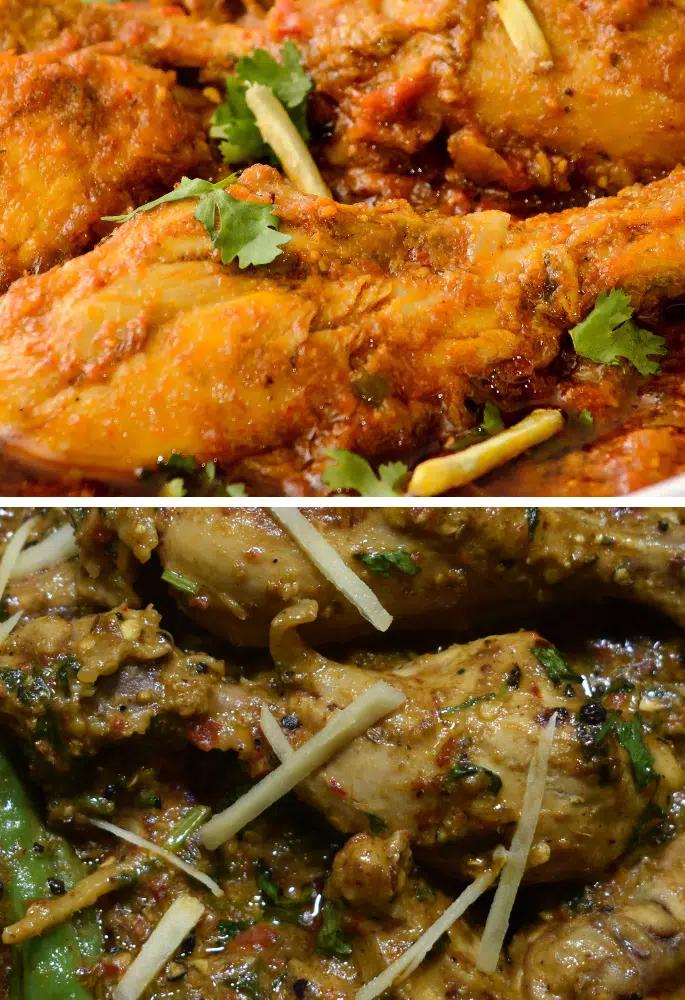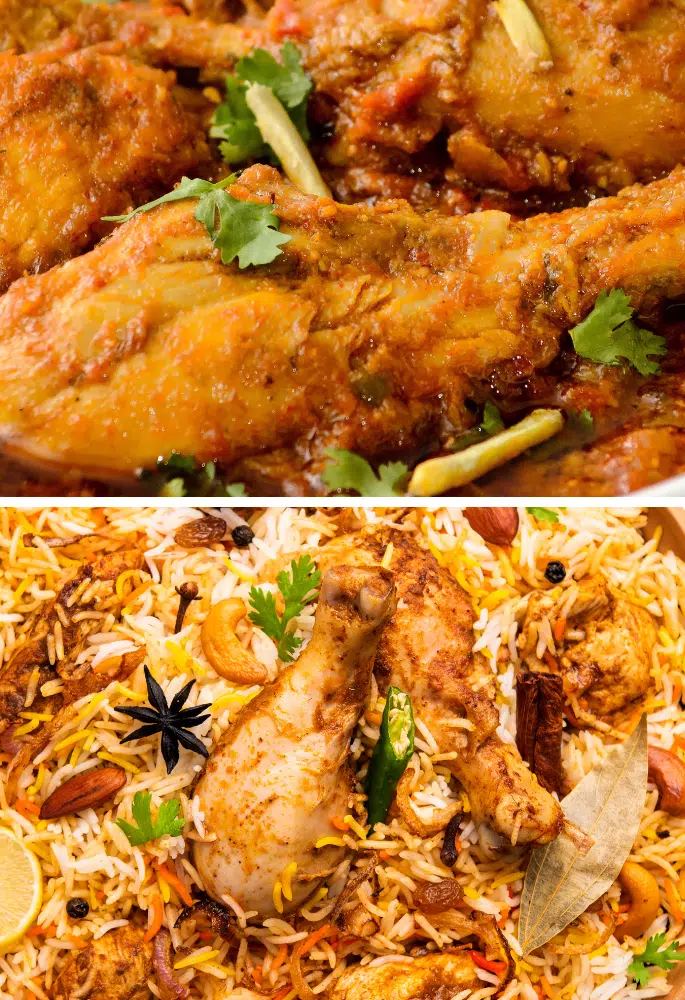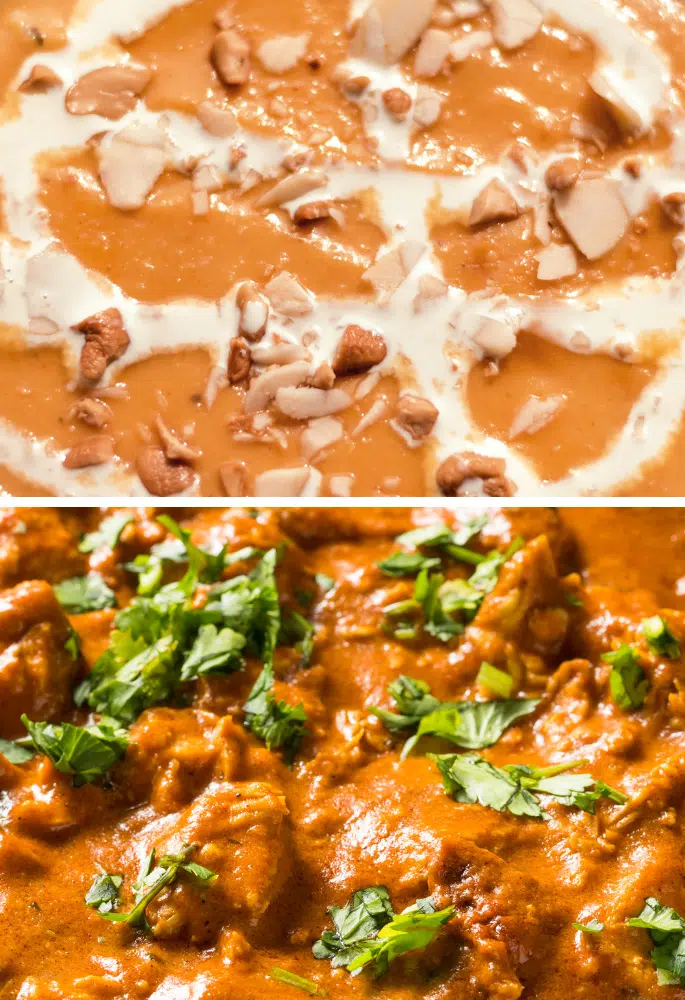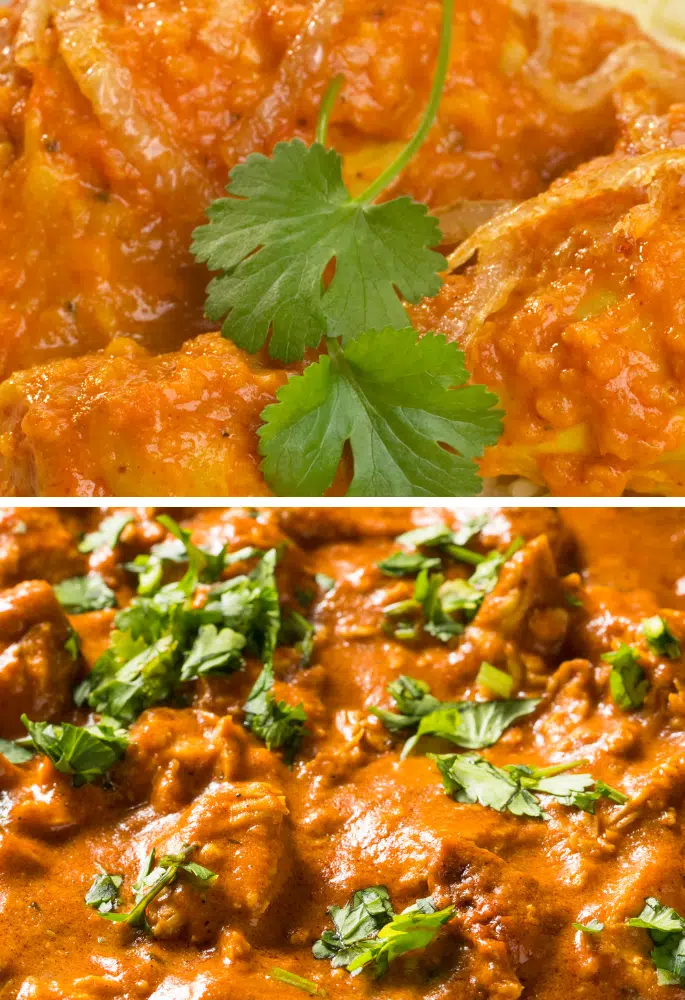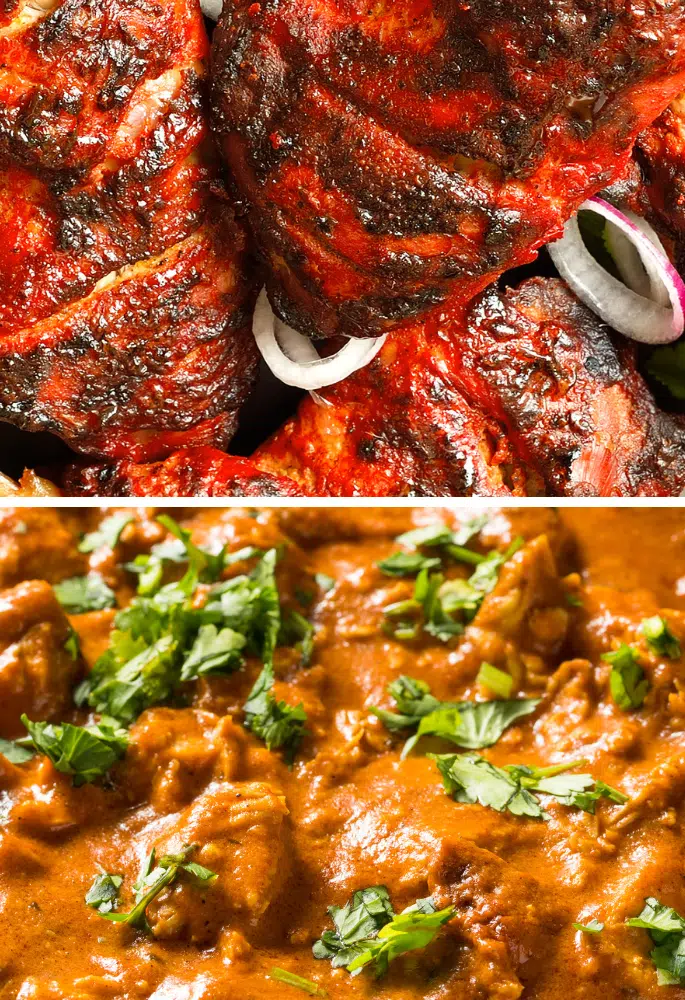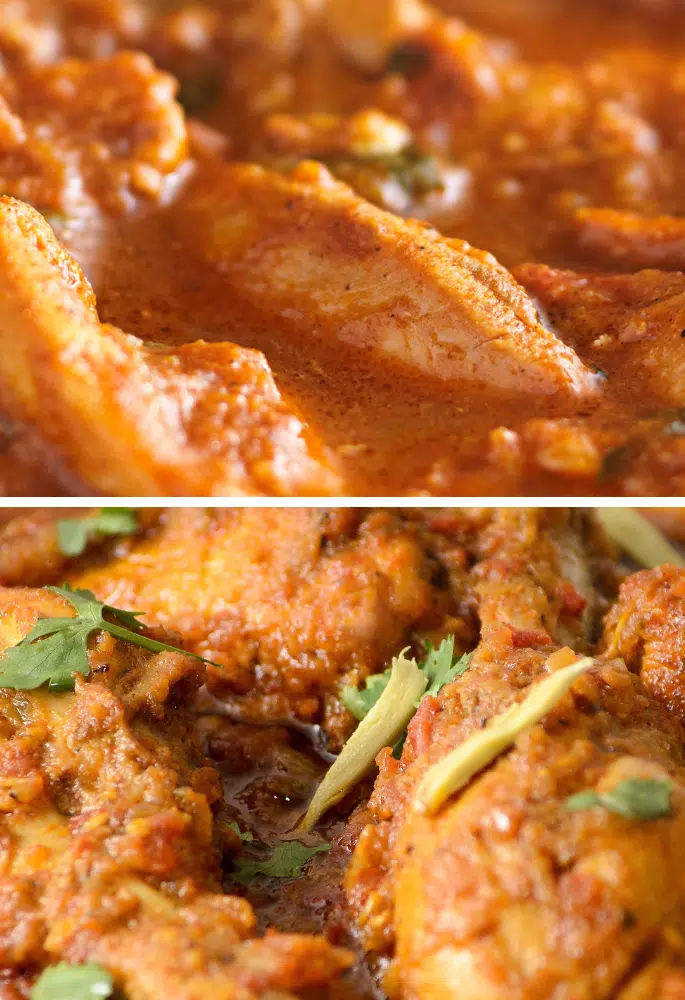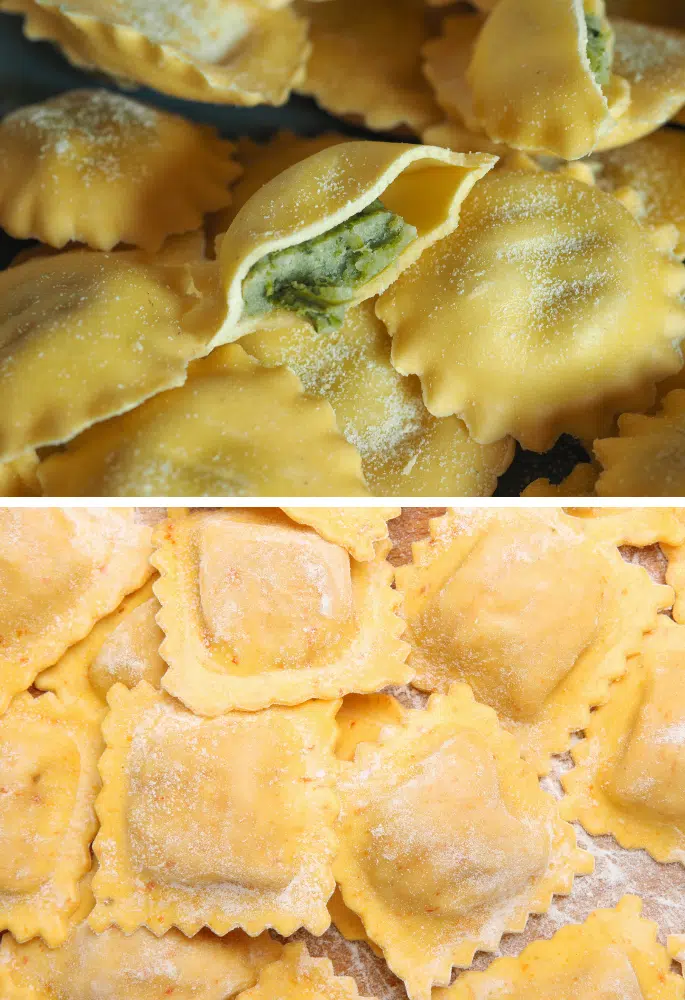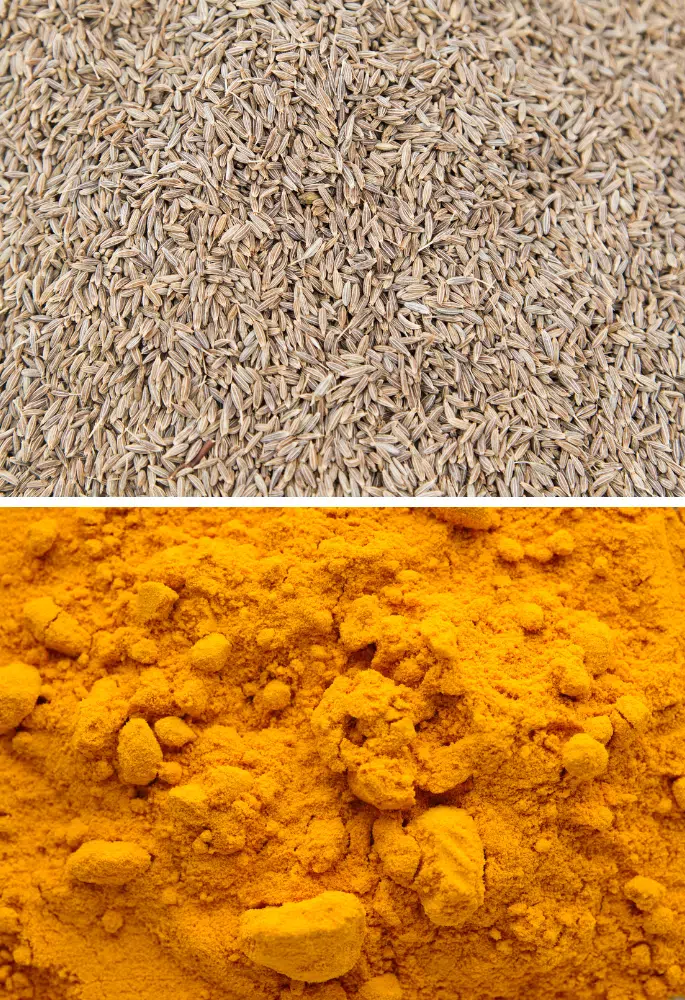Any pasta fan should be more than familiar with the terms ragu and marinara sauce. They are two of the most popular pasta sauces in Italy and the world – from cheap canned commercialised renditions to fresh restaurant-worthy recipes.
However, what differentiates ragu from marinara, aside from their names, remains a mystery to those who just pick the cheapest jar of sauce in their weekly grocery shop. So let us enlighten you!
Surprisingly out of all of their differences, the cooking time is the biggest difference between ragu and marinara. Ragu should be allowed to cook for at least 4 hours, while marinara only needs a mere 30 minutes.
What is Ragu?
Any good sauce is usually built around one type of ingredient that offers the foundation for the sauce.
In the case of ragu, that foundation is meat.
The type of meat varies depending on where you are, for example, in northern Italy, ground meat is used, while in southern Italy, people prefer to make their ragu with whole cuts of pork and beef.
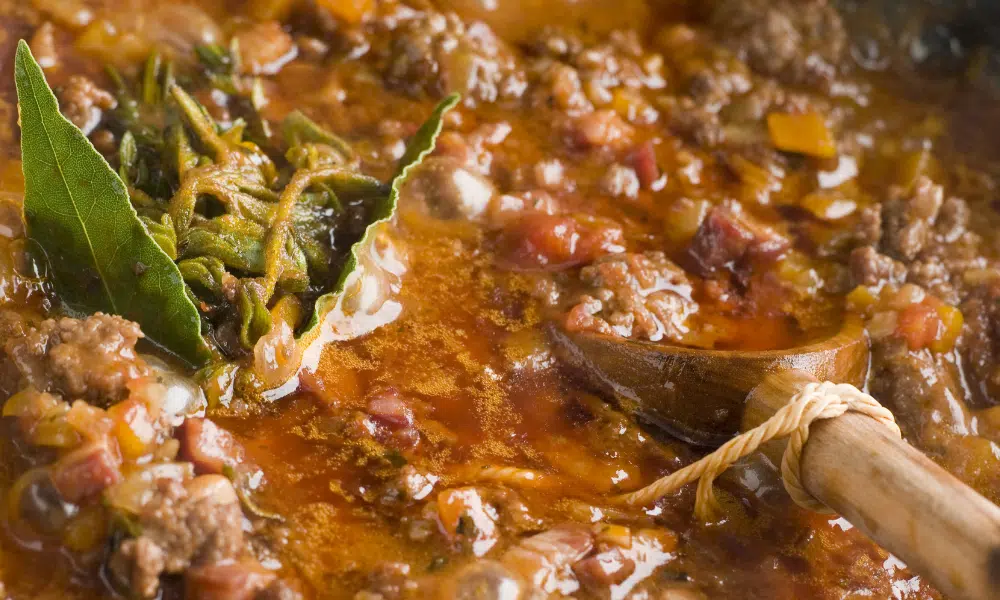
However, ragu is more than just a meat sauce.
It is built upon a foundation of meat but is also made with a variety of stocks, dairy, and sometimes wine to enhance the savoury richness of the meat.
Tomatoes are also used to add acidity and a little natural sweetness to the sauce, but over the 4 or so hours that the ragu is left to simmer, that mix of savoury and touch of sweetness develops to become a complex, developed sauce.
A lot of chefs like to use a vegetable trinity of carrots, celery, and onions to add a deeper depth of flavour to the ragu. However, this is purely a personal preference. Vegetables are not an essential part of ragu.
What is Marinara?
The whole point of marinara is simplicity from less than a handful of ingredients.
Like most red sauces, the base of marinara is tomatoes with a few other ingredients added. There is usually a little olive oil and some garlic to help highlight the bright freshness of the tomatoes.
In fact, aside from the slight emphasis on the tomatoes’ richness thanks to the olive oil, there is little other taste to marinara than that of the tomatoes. It is as tomatoey a sauce as you can get.
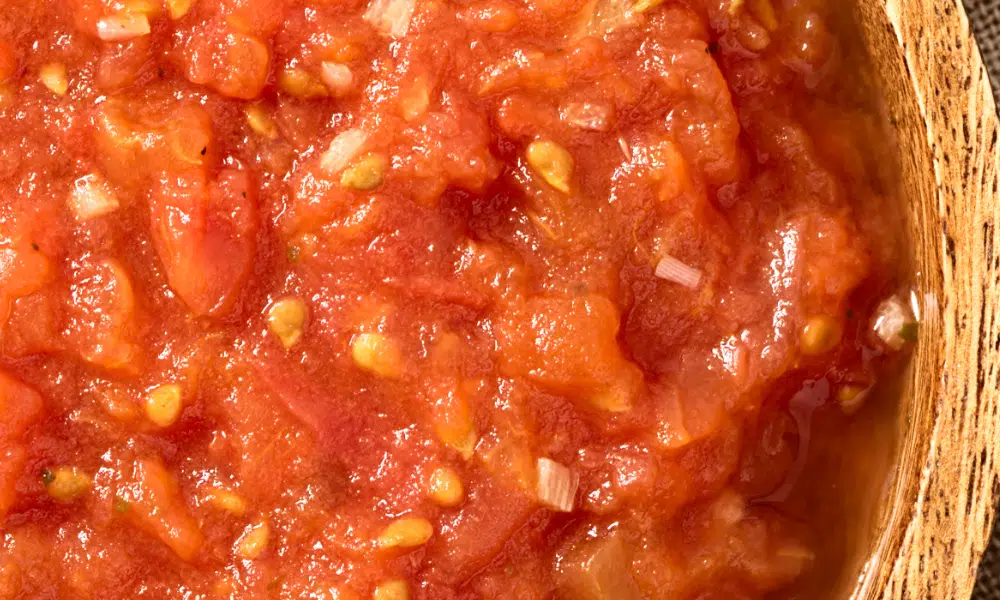
To ensure that the brightness of the tomatoes is preserved, marinara sauce only needs to be cooked for around 30 minutes, if that! How long you cook the sauce will change the flavour of the sauce, making it richer and less light.
Tomatoes! Ultimately, that’s all you really need to make marinara. A few basil leaves, a drizzle of oil and a garlic clove will elevate it, of course.
Similarities Between Ragu and Marinara
Aside from being two of Italy’s most well-known sauces, there are a few core similarities between ragu and marinara that can make them interchangeable in the right circumstances:
Perfect Pasta Pairings
It would not surprise you in the least to know that these classic Italian sauces are the perfect pairing for countless arrays of pasta.
Just using regular pasta with the sauces can be a filling, delicious meal any day of the week. A thick ragu will lend itself to being used with large pasta shapes, such as paccheri whereas marinara works better with spaghetti and spaghettini.
Tomato Based Sauces
Even though the sauces value and use tomatoes in different measures, ragu and marinara are, at their core, considered to be Italian tomato sauces.
When you are planning your meal, if you want tomato sauce, you could use either ragu or marinara and still have an effective tomato sauce dish.
Differences Between Ragu and Marinara
However, when you get down to the defining characteristics of ragu and marinara, their vast differences become much more apparent:
Cooking Time
To prevent marinara from becoming too savoury and complex, it only needs to be cooked for around 30 minutes, which is what adds to its simplicity.
Ragu, on the other hand, needs at least 4 hours to fully develop its flavour, which is a considerably longer cooking time. This long and slow cooking time also helps to cook the fat in the meat, resulting in soft, melt-in-the-mouth meat.
Overall Flavour Feel
Due to how little time marinara is allowed to cook, its tomato base remains light and fresh.
Likewise, because ragu is cooked for so long, its ingredients are given the time to become rich and complex, making for a more savoury sauce.
Amount Of Ingredients
Of course, there is no real limit to how complex you can make marinara sauce or how many ingredients you want to use.
So long as you are able to maintain the bright flavour of the tomatoes, you can expand on the simple ingredients as much as you wish.
However, traditionally marinara is made using only a handful of ingredients. With significantly more complexities, ragu requires a large number of ingredients.
Use Of Tomato
Just because ragu and marinara both use tomatoes does not mean that they use the ingredient in the same way.
Considering that marinara’s whole flavour comes from the tomatoes and little else, the sauce benefits from the tomato’s natural lightness and sweetness.
Ragu sauce requires the tomatoes to be cooked for a long time in order to bring out the tomato’s more savoury, acidic notes.
Use Of Meat
As mentioned above, ragu is primarily a meat-based sauce. Even if you do not use meat directly and opt for a vegetarian alternative, the whole foundation of the sauce is built upon the savoury taste of meat.
Marinara can be paired with meat, and often is, but meat is not one of the main components in the sauce, and neither is the sauce made to suit meat in particular.
When you start adding ingredients to a marinara, you might inadvertently start making another Italian sauce. Adding pancetta (or, more traditionally, guanciale) will turn it into amatriciana. Adding chilli will turn it into arrabbiata.

Ragu vs Marinara: Which Wins?
You can only eat one of these two sauces for the rest of your life. Which do you vote for? It’s ragu vs marinara, but which gets your vote?
Do You Prefer Ragu or Marinara?
Ragu and Marinara FAQs
Do you have further questions regarding our comparison of ragu vs marinara? Then these common queries might help:
This depends! You wouldn’t want to use ragu on the base of a pizza as you would with marinara. However, both sauces work well with pasta. Ragu, however, works great with polenta, whereas marinara won’t.
Ragu is a type of sauce made with slow-cooked meat. Bolognese is the ragu that comes from Bologna. It is a regional-specific ragu.
Sources
Where we obtain our information and verify the facts in this article:
Cookie and Kalte
What is marinara sauce and how do you make it
Pasta Evangelists
What is ragu
Acacia may be a freelance writer by day, but they are a food fanatic by night. They are always trying out new recipes or finding different ways to elevate classical dishes. But their biggest culinary aim is to educate others on the basics of the kitchen so that they too can enjoy delicious food.


